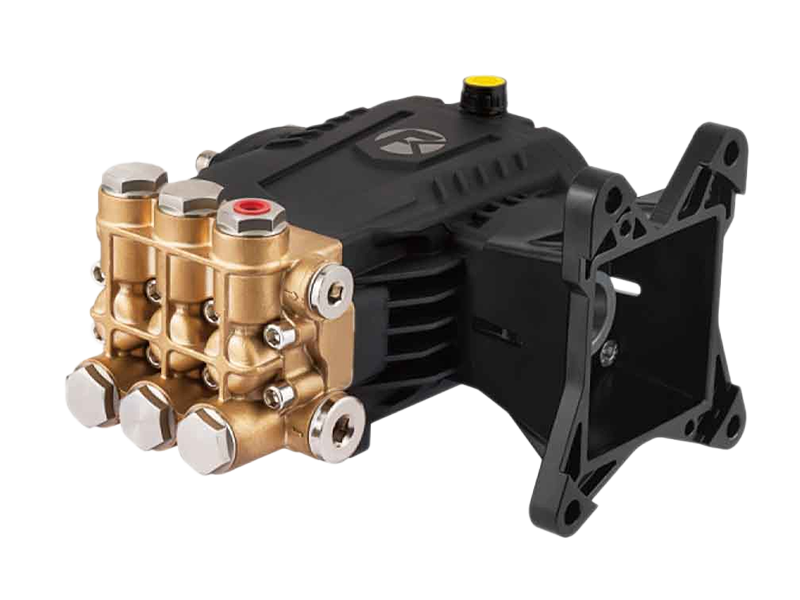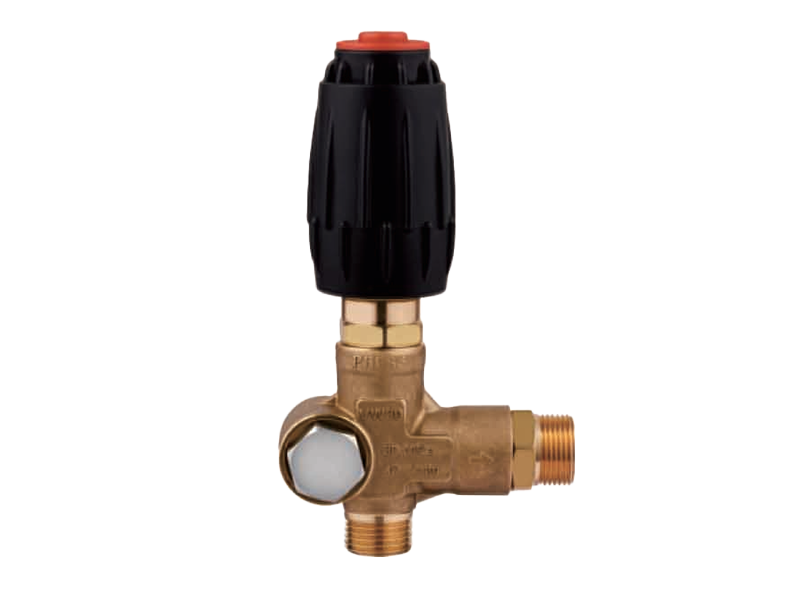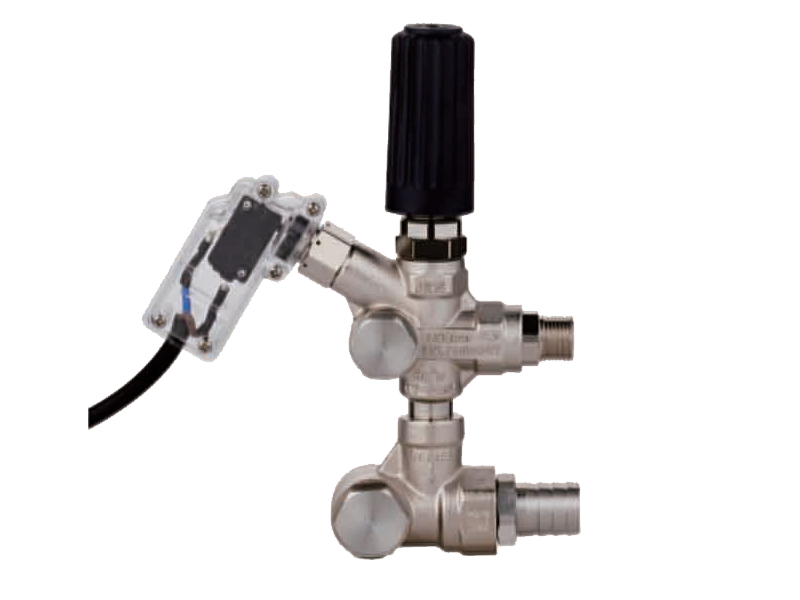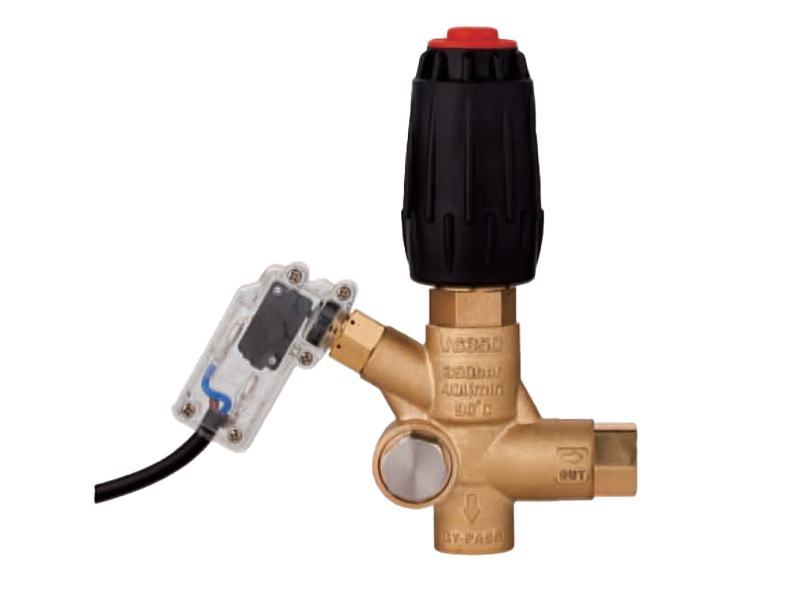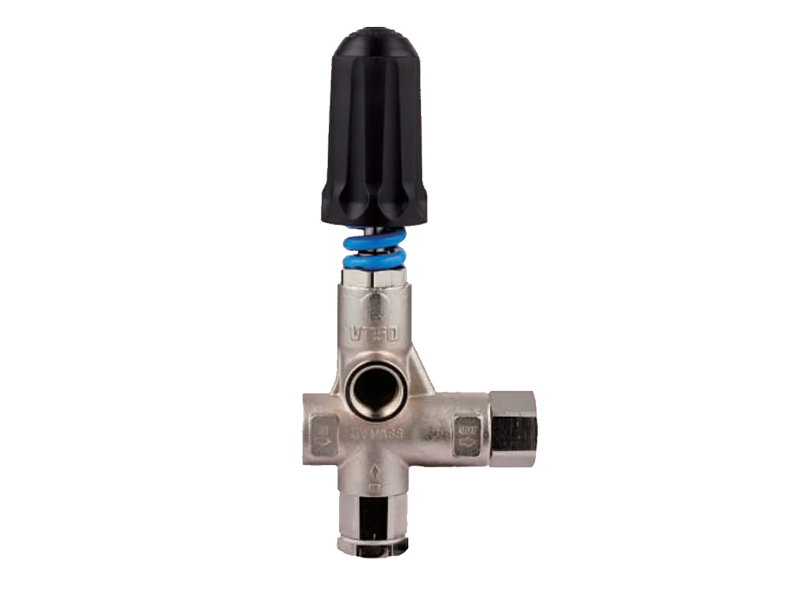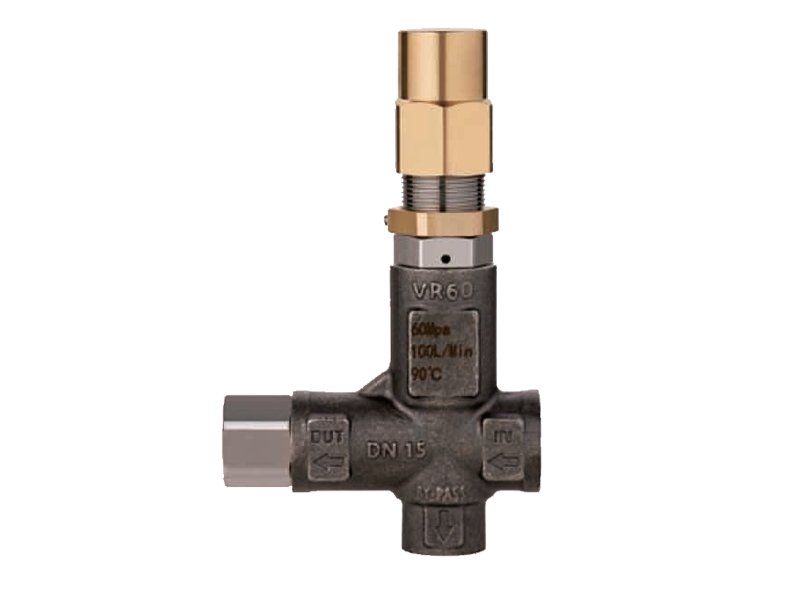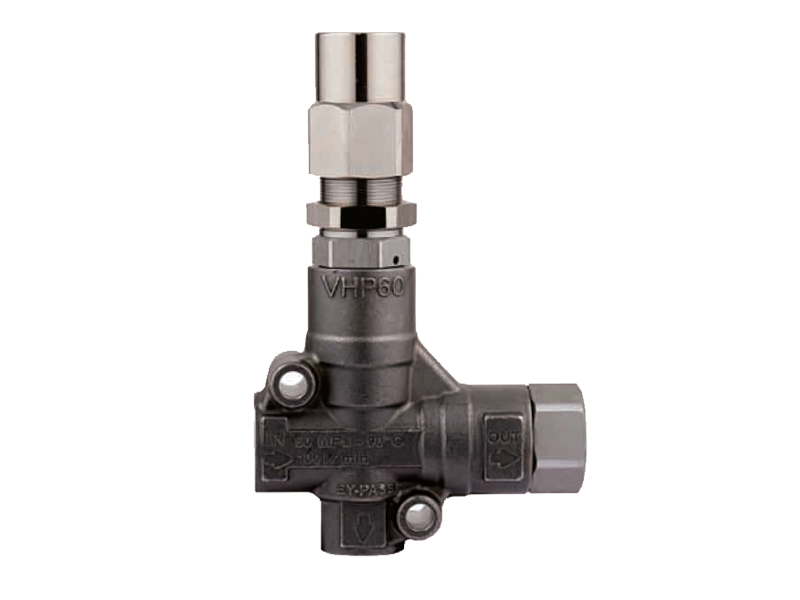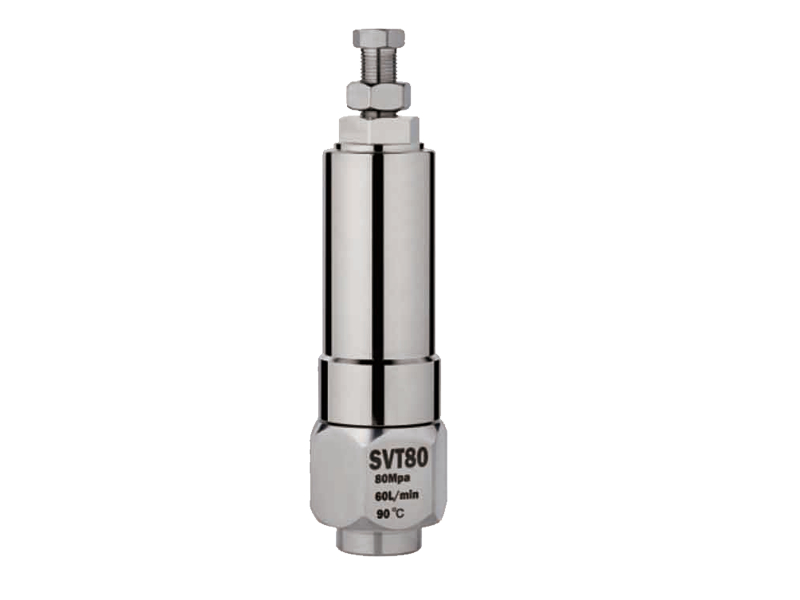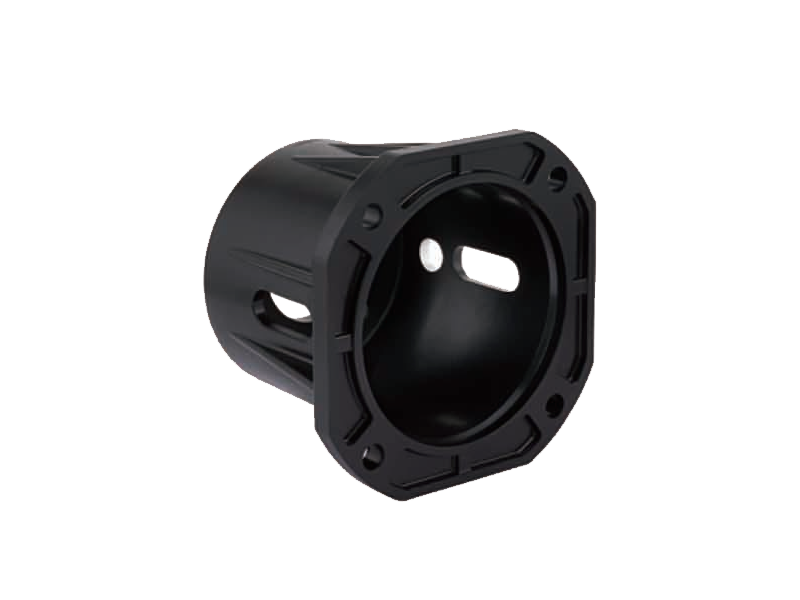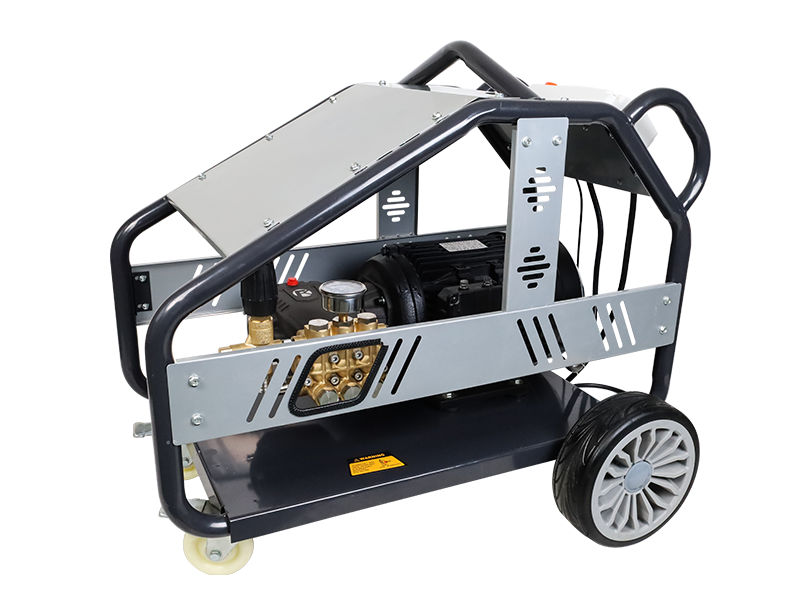Assessing Corrosion Resistance and Fluid Compatibility of Three Plunger High Pressure Pump
Importance of Corrosion Resistance
The corrosion resistance of high-pressure pumps and their plungers is a critical factor that directly affects performance, reliability, and longevity. The Three Plunger High Pressure Pump is widely used in sectors ranging from chemical processing to water treatment, where exposure to various liquid media is common. Selecting materials and coatings that resist corrosion ensures that the pump maintains efficiency, prevents leakage, and avoids costly maintenance or downtime. Understanding which types of fluids the pump can safely handle is essential for suitable operation.

Material Selection for Corrosion Resistance
The corrosion resistance of a pump primarily depends on the materials used in constructing the plungers, valves, and pump body. High-quality Three Plunger High Pressure Pumps typically utilize stainless steel, chromium-plated alloys, or other corrosion-resistant metals for the plungers. These materials can withstand aggressive fluids, including certain acids, alkalis, and saline solutions. In addition, valve components and seals are often made of chemically resistant materials such as PTFE or reinforced rubber, which further enhance the pump’s ability to handle corrosive or abrasive media without degradation. Proper material selection is crucial for extending the service life and maintaining performance under demanding conditions.
Compatibility with Various Liquid Media
Different fluid types present distinct challenges for high-pressure pumps. Clean water, light oils, and non-aggressive chemicals generally pose minimal corrosion risk and are easily handled by stainless steel plungers. More aggressive liquids, such as acids, caustic solutions, or brines, require pumps with specialized corrosion-resistant materials to prevent damage. The Three Plunger High Pressure Pump can be configured with appropriate plunger coatings and valve materials to safely accommodate such liquids. Understanding the chemical properties of the liquid being pumped is essential for selecting a compatible pump configuration, thereby preventing early wear or failure.
Design Considerations to Prevent Corrosion
Beyond material choice, pump design plays a vital role in mitigating corrosion. Smooth surface finishes on plungers and pump chambers reduce crevices where corrosive fluids can accumulate, reducing localized erosion or chemical attack. Sealing arrangements must maintain tight tolerances to prevent fluid bypass and contact with sensitive components. The three-plunger configuration distributes pressure evenly, which not only enhances efficiency but also reduces stress on individual plungers and valves, lowering the risk of corrosion-related damage over time.
Maintenance Practices for Longevity
Even corrosion-resistant pumps require proper maintenance to ensure long-term performance. Regular inspection of plungers, valves, and seals helps identify early signs of chemical attack or material degradation. Flushing the system after handling aggressive liquids and using compatible lubricants can significantly reduce corrosion risk. Maintaining proper operating parameters, including pressure, temperature, and flow rate, also helps preserve the integrity of the pump and its components. Following manufacturer-recommended maintenance schedules ensures that the pump remains reliable for a wide range of liquid media.
Ensuring Safe and Efficient Operation
The Three Plunger High Pressure Pump, when constructed with corrosion-resistant plungers and compatible seals, can handle a diverse range of liquid media, including aggressive chemicals. Material selection, pump design, and proper maintenance all contribute to preventing corrosion, ensuring efficiency, and extending the operational lifespan. By carefully considering fluid compatibility and implementing practices, operators can achieve reliable, long-term performance while minimizing maintenance costs and avoiding downtime in demanding industrial applications.


 English
English Español
Español русский
русский